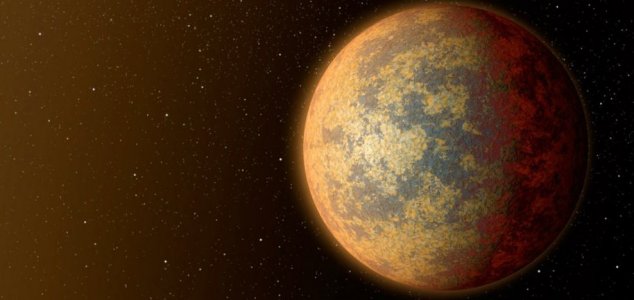
The new planet is too close to its parent star to support life.
Hot on the heels of last month’s discovery of an Earth-like world in the habitable zone of a distant star comes another planetary find – this time involving a planet that’s a lot closer to home.
Found using NASA’s Spitzer Space Telescope, planet HD 219134b is situated only 21 light years away but is unfortunately too close to its parent star to be able to support life.
Nonetheless, its proximity should make it possible for scientists to learn a great deal from it.
The term planet is ancient, with ties to history, science, mythology, and religion. Several planets in the Solar System can be seen with the naked eye. These were regarded by many early cultures as divine, or as emissaries of deities. As scientific knowledge advanced, human perception of the planets changed, incorporating a number of disparate objects. In 2006, the International Astronomical Union (IAU) officially adopted a resolution defining planets within the Solar System. This definition is controversial because it excludes many objects of planetary mass based on where or what they orbit. Although eight of the planetary bodies discovered before 1950 remain “planets” under the modern definition, some celestial bodies, such as Ceres, Pallas, Juno, Vesta (each an object in the solar asteroid belt), and Pluto (the first trans-Neptunian object discovered), that were once considered planets by the scientific community are no longer viewed as such.
“Transiting exoplanets are worth their weight in gold because they can be extensively characterized,” said scientist Michael Werner. “This exoplanet will be one of the most studied for decades to come.”
In particular the planet should prove to be a prime target for NASA’s upcoming James Webb Space Telescope which is scheduled to be up and running by 2018.
Originally posted 2015-09-01 15:04:47. Republished by Blog Post Promoter











